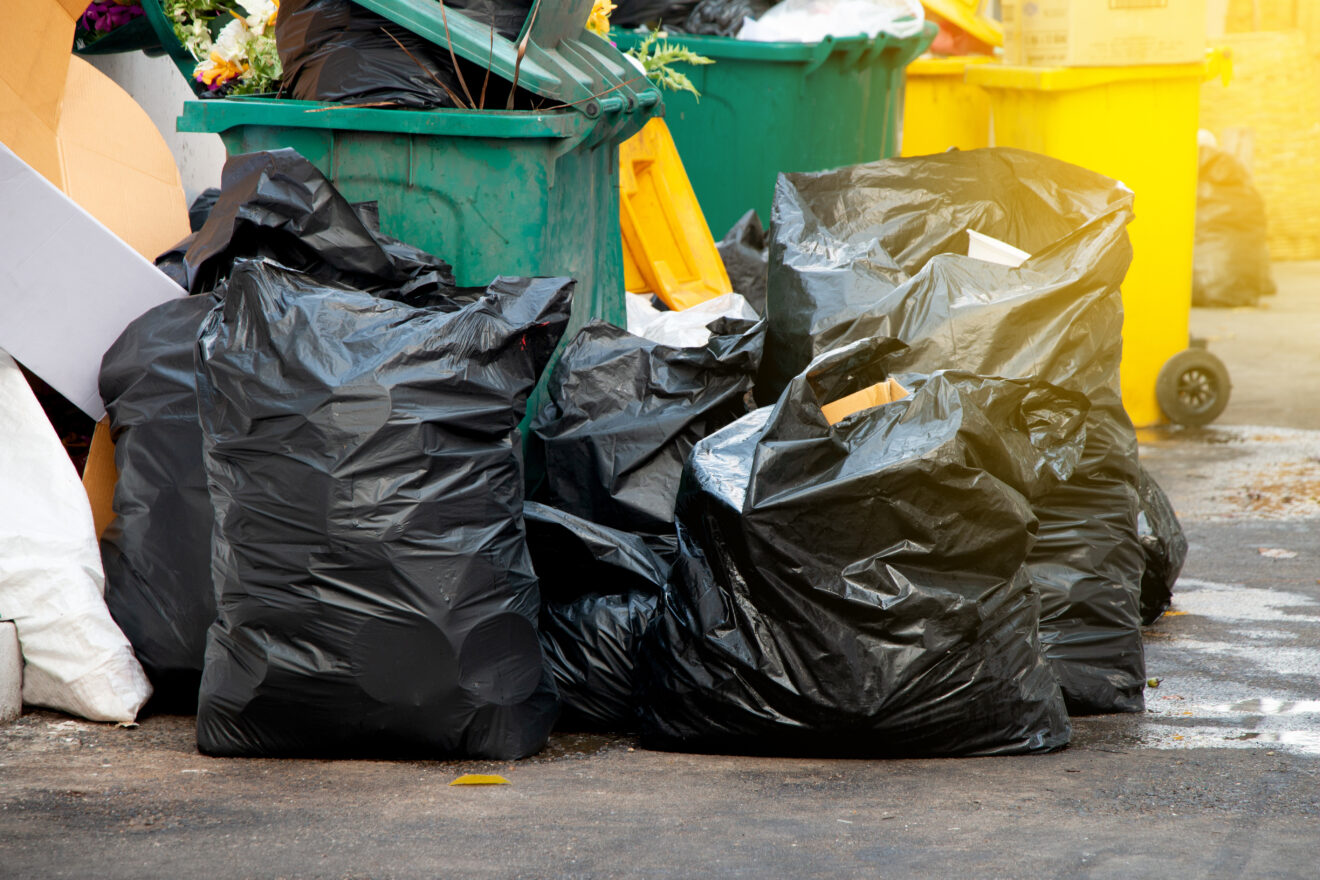HARTFORD -- A key part of Gov. Ned Lamont’s proposal to cut back on the state’s trash is facing opposition from trash and recycling haulers and processors, who say it will take away valuable recyclin...
Haven’t subscribed yet? Click here to register.
CT Examiner is just $20 a year. And if you want to unsubscribe? That’s online and at the click of a button. No phone calls. No runaround. No hassle.
At less than a tenth the cost of our statewide competitors, our promise to you is no-nonsense federal, state, and local news that’s nonpartisan, respects your privacy and is ad-free.
Subscribe and see why CT Examiner is the fastest growing news source in Connecticut.
